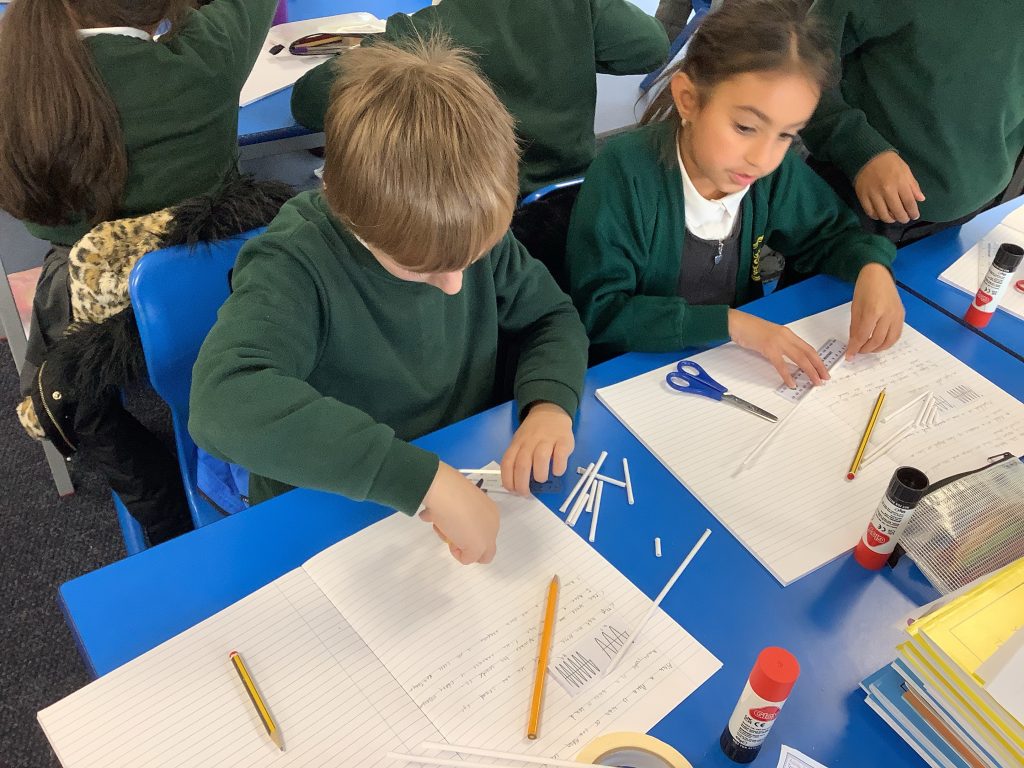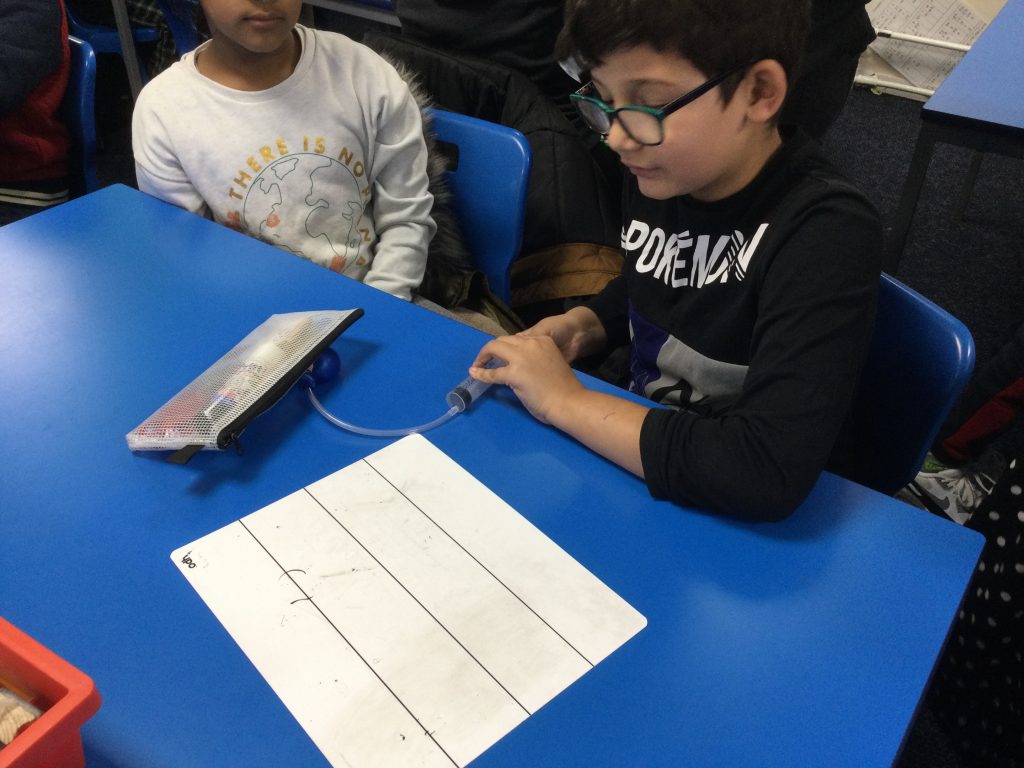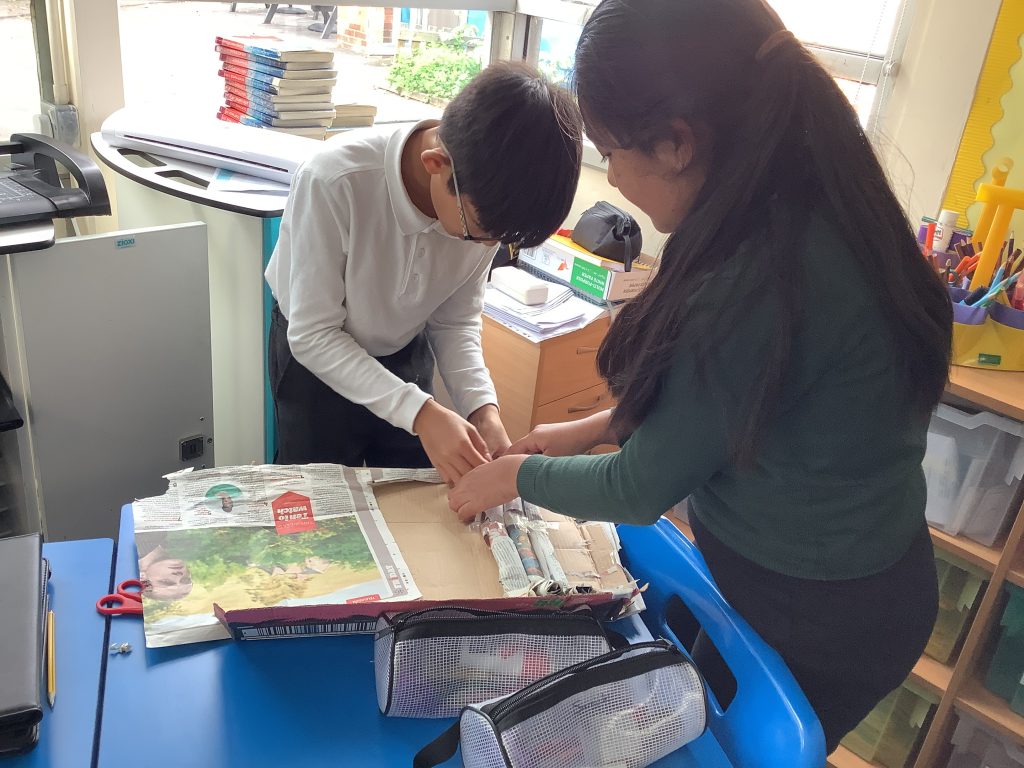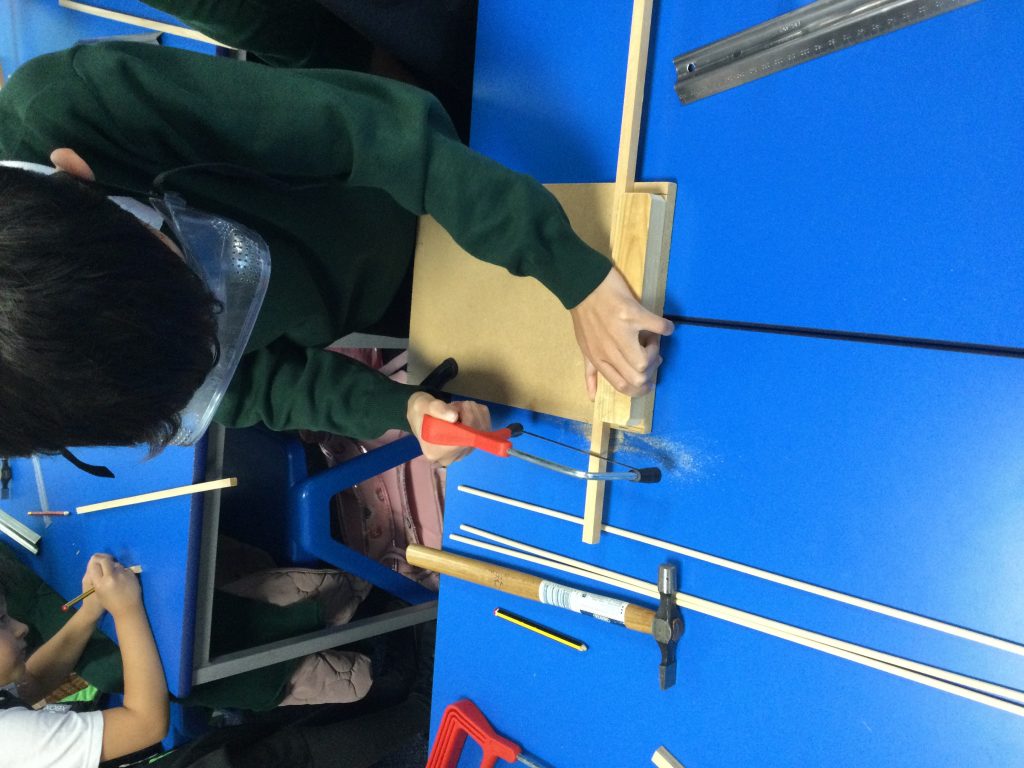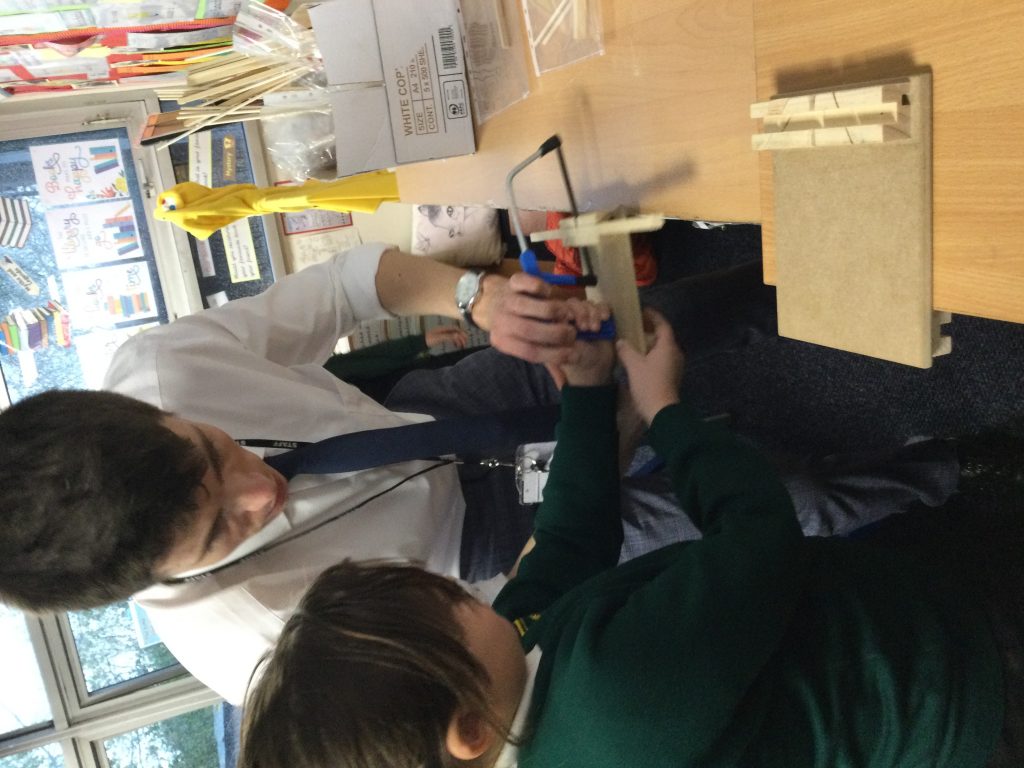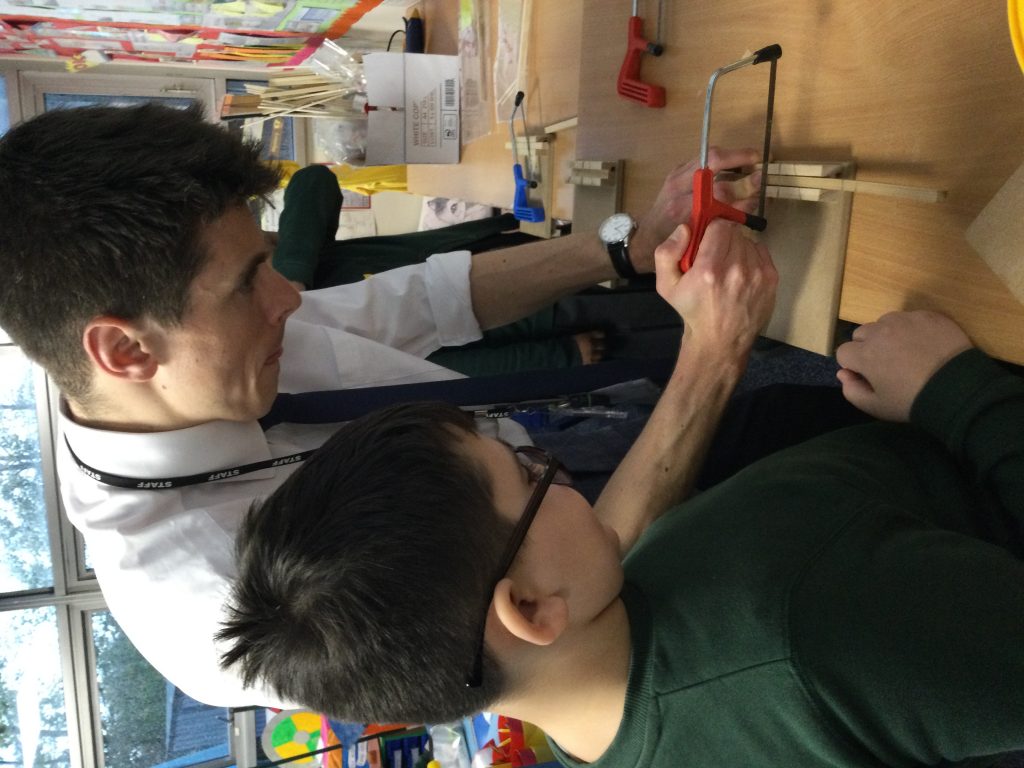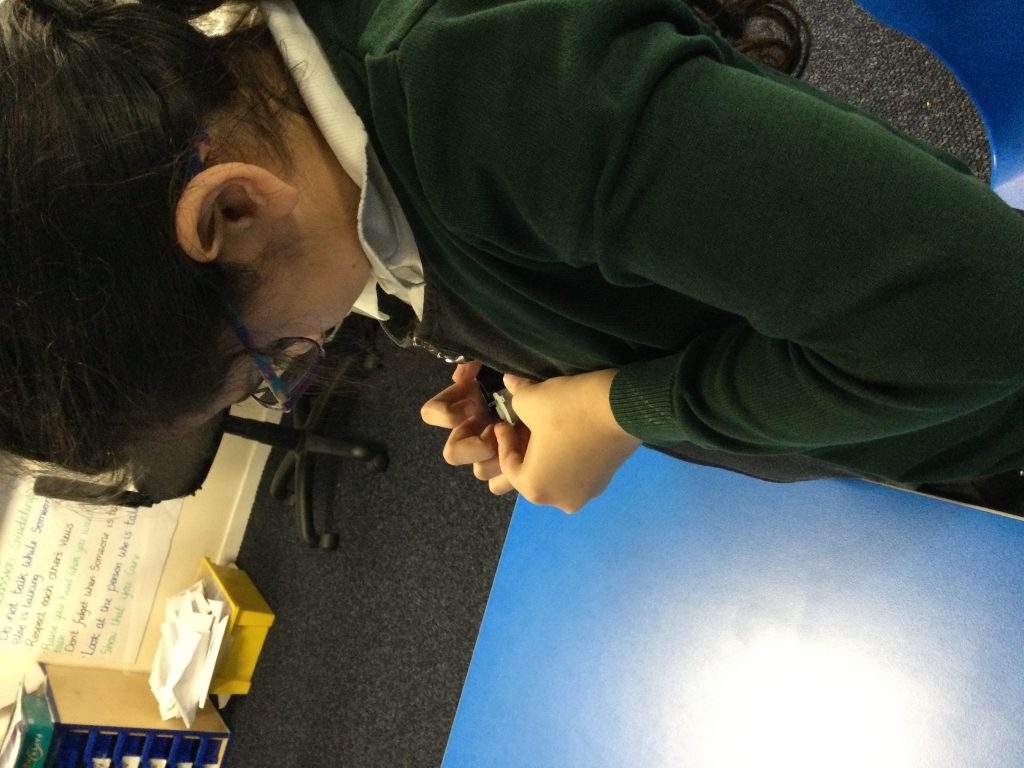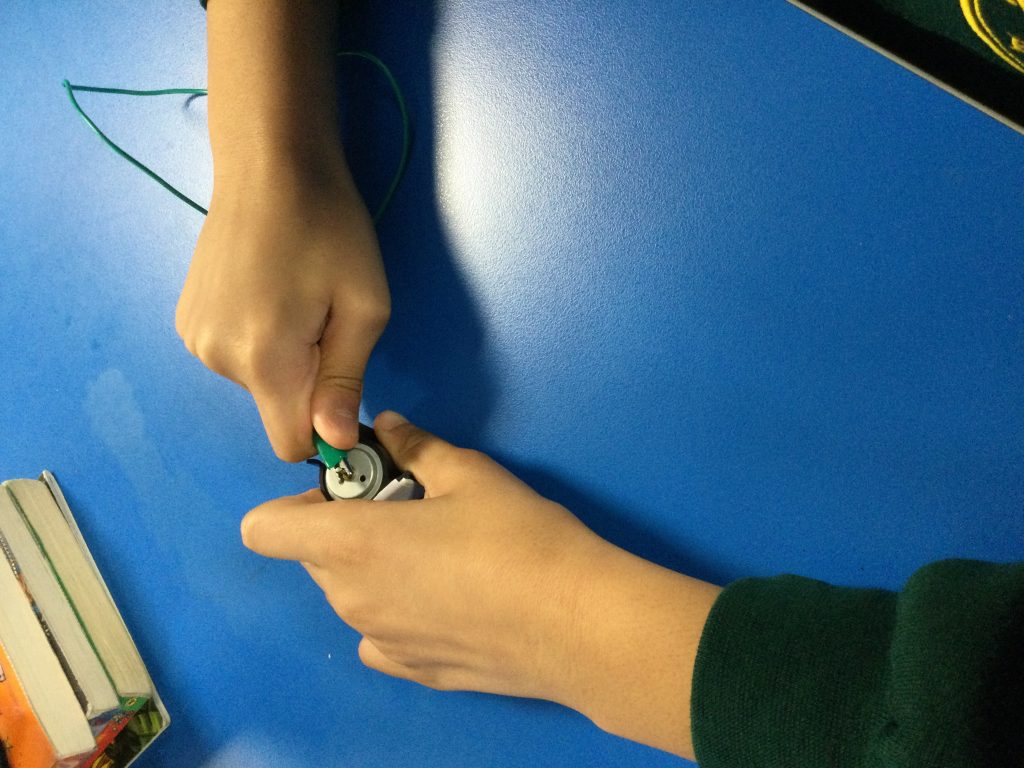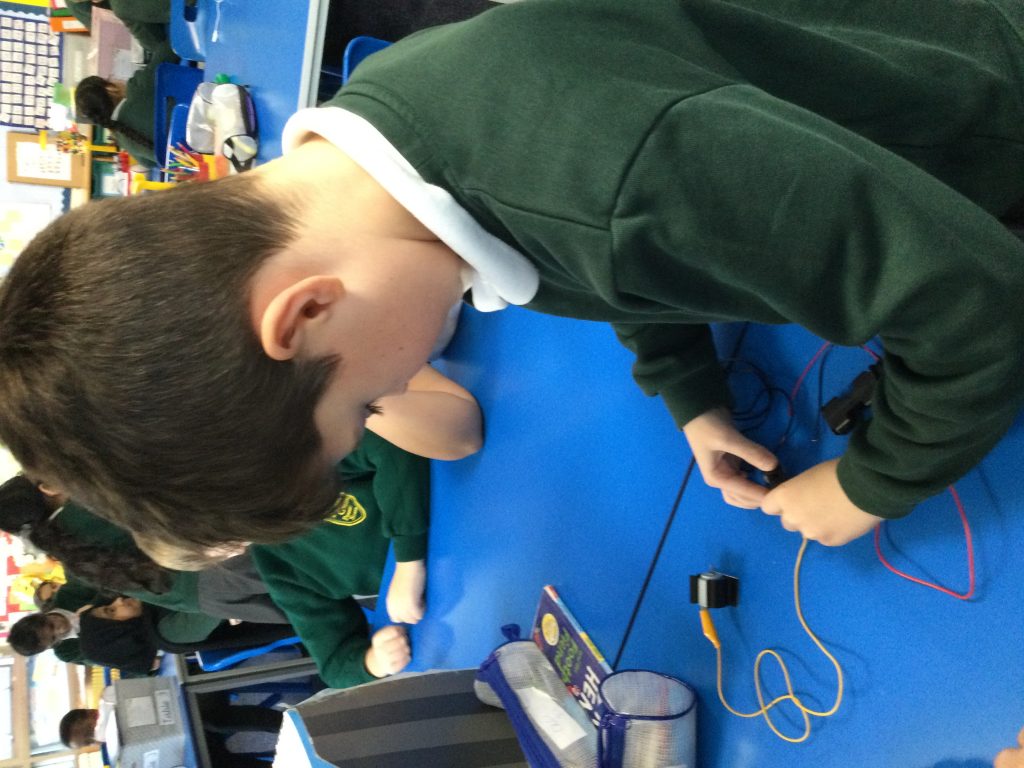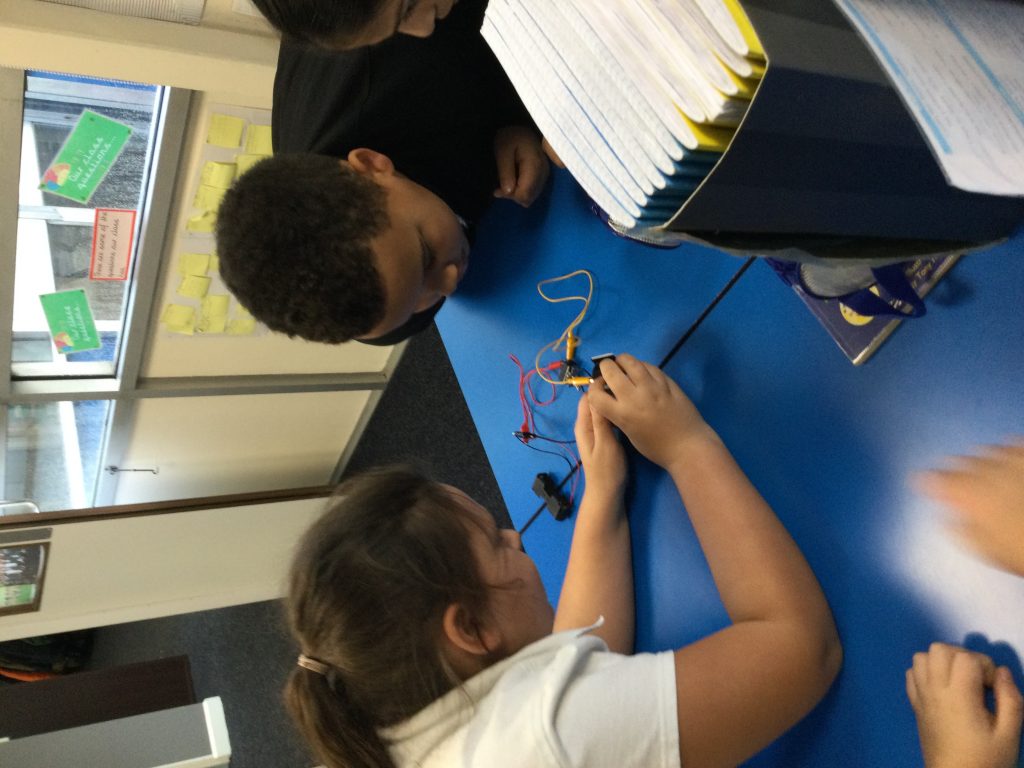
At Ryders Green, we strive to give every child, every opportunity, at their one chance in primary school.
Design and technology enables children to make sense of the world in which they live and both inspire and prepare them for future aspirations. The curriculum is broken down into 5 main strands which are: Structures, Mechanisms, Textiles, Electrical Systems and Cooking and Nutrition.
Within each strand children work through the design process of exploring existing products, generating designs, making a final product and then evaluating these. Throughout this process children develop a wide range of skills and technical knowledge linked to each unit of study. They also develop skills through using a range of tools including scissors, saws, drills and needles. These are then developed and built on over subsequent units and year groups.
Through the design and technology curriculum they are encouraged to develop the creative, technical and practical expertise needed to perform everyday tasks confidently and so participate in an increasingly technological world.
Early Years
Within early years children engage in a wide range of activities that begin to develop their skills and understanding of the world around them and that of Design and Technology. They have the opportunity to engage in small world play, using construction kits such as Duplo, stickle bricks and Mobilo, as well as building with recycled materials.
Key Stage 1
In Key Stage 1 children build on skills and knowledge gained and developed in early years. They explore a range of structures and mechanisms, building on skills of cutting, joining and finishing. This is delivered through 3 planned units of study in each year group.
Key Stage 2
In Key Stage 2 children continue to develop key skills and technical knowledge from key stage 1 and use a range of mechanical systems within their products including electrical devices and components. Children also broaden their cooking techniques and learn in depth about the importance of a healthy, varied and balanced diet, as well as where food is sourced from and seasonality.
In each year they study 3 further units
What are the intentions of our Design and Technology curriculum at Ryders Green Primary School?
Design and Technology is an inspiring, rigorous and practical subject. Design and Technology encourages children to learn to think and intervene creatively to solve problems both as individuals and as members of a team. At Ryders Green, we encourage children to use their creativity and imagination, to design and make products that solve real and relevant problems within a variety of contexts, considering their own and others’ needs, wants and values. We also encourage children to work collaboratively where possible on shared projects. We aim to, wherever possible, link work to other disciplines such as mathematics, science, engineering, computing and art. The children are also given opportunities to reflect upon and evaluate past and present design technology, its uses and its effectiveness and are encouraged to become innovators and risk-takers.
How do we implement our intentions for Design and Technology at Ryders Green Primary School?
Through a variety of creative and practical activities, we teach the knowledge, understanding and skills needed to engage in an iterative process of designing and making. The children work in a range of relevant contexts (for example home, school, leisure, culture, enterprise, industry and the wider environment).
When designing and making, the children are taught to:
Design
• use research and develop design criteria to inform the design of innovative,
functional, appealing products that are fit for purpose, aimed at particular
individuals or groups
• generate, develop, model and communicate their ideas through discussion,
annotated sketches, cross-sectional diagrams, prototypes, pattern pieces and
computer-aided design
Make
• select from and use a wider range of tools and equipment to perform practical
tasks (for example, cutting, shaping, joining and finishing) accurately
• select from and use a wider range of materials and components, including
construction materials, textiles and ingredients, according to their functional
properties and aesthetic qualities
Evaluate
• investigate and analyse a range of existing products
• evaluate their ideas and products against their own design criteria and consider the views of others to improve their work
• understand how key events and individuals in design and technology have helped shape the world
Technical knowledge
• apply their understanding of how to strengthen, stiffen and reinforce more complex structures
• understand and use mechanical systems in their products
• understand and use electrical systems in their products
• apply their understanding of computing to program, monitor and control their products
Key skills and key knowledge for D and T have been mapped across the school to ensure progression between year groups. This also ensures that there is a context for the children’s work in Design and Technology; that they learn about real life structures and the purpose of specific examples, as well as developing their skills throughout the programme of study. Design and technology lessons are also taught as a block so that children’s learning is focused throughout each unit of work.
What is our intended impact of Design and Technology at Ryders Green Primary School?
We ensure the children
• develop the creative, technical and practical expertise needed to perform everyday tasks confidently and to participate successfully in an increasingly technological world
• build and apply a repertoire of knowledge, understanding and skills in order to design and make high-quality prototypes and products for a wide range of users and critique, evaluate and test their ideas and products and the work of others
• understand and apply the principles of nutrition and learn how to cook. Children will design and make a range of products. A good quality finish will be expected in all design and activities made appropriate to the age and ability of the child
Children learn how to take risks, becoming resourceful, innovative, enterprising and capable citizens. Through the evaluation of past and present design and technology, they develop a critical understanding of its impact on daily life and the wider world. High-quality design and technology education makes an essential contribution to the creativity, culture, wealth and well-being of the nation.
Our approach to the curriculum meets our duties in the Equality Act 2010 and the Special Educational Needs and Disability Regulations 2014
Melting chocolate in the real world
How about being an engineer who melts metals?
